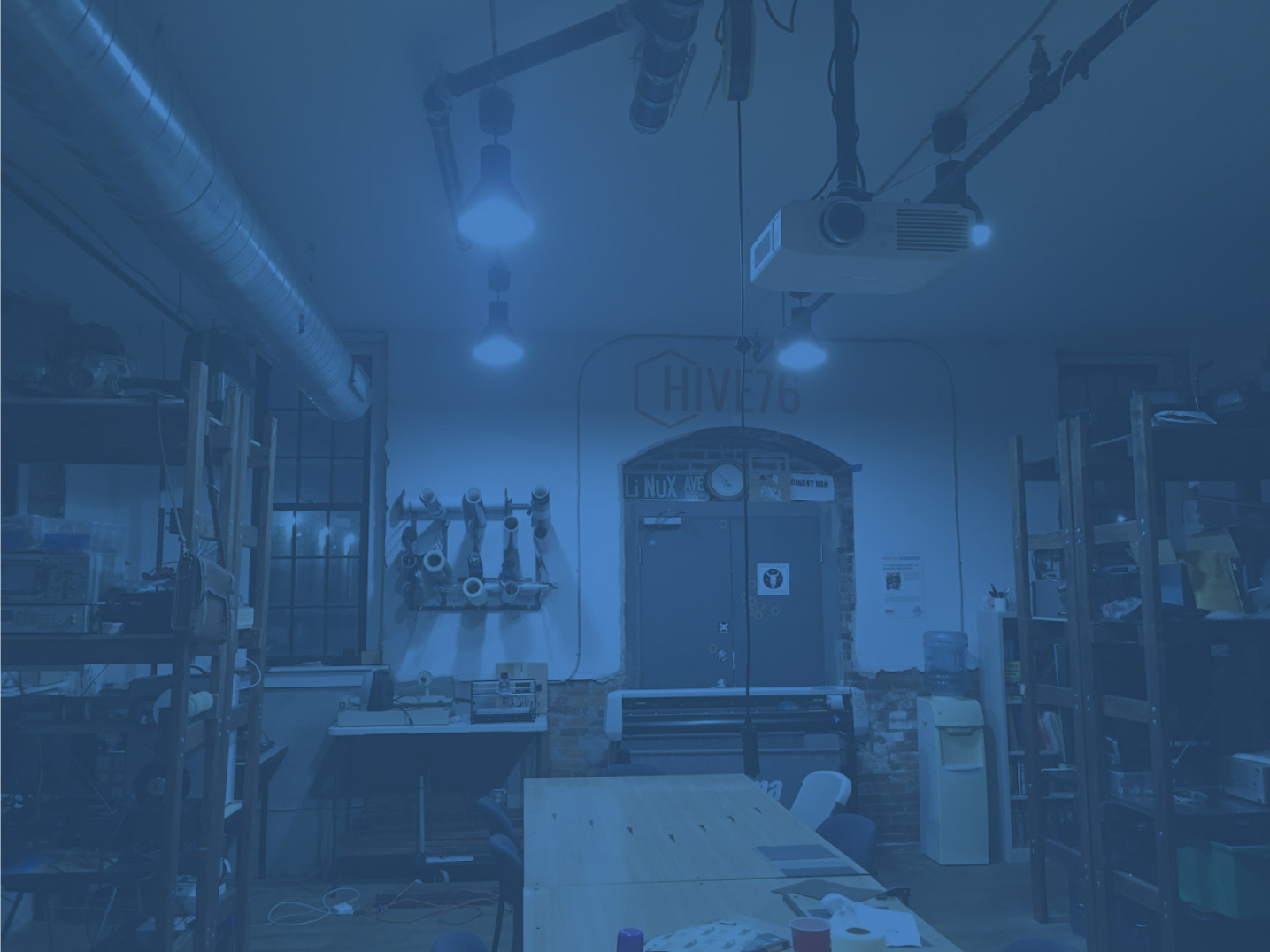 Probably the single most important decision about me that my parents made was to remove me from the institutional education systems and home school me. There was talk from my teachers of getting me diagnosed with Attention Deficit Disorder, but really I was just bored with my classes and had no socially acceptable concept of how to deal with that boredom (incidentally, I still don’t, but that’s a story for another day). Unfortunately for Mom and Dad, they quickly learned that my disruptive, destructive tendencies would be visited upon them if they did not find ways to entertain me.
Probably the single most important decision about me that my parents made was to remove me from the institutional education systems and home school me. There was talk from my teachers of getting me diagnosed with Attention Deficit Disorder, but really I was just bored with my classes and had no socially acceptable concept of how to deal with that boredom (incidentally, I still don’t, but that’s a story for another day). Unfortunately for Mom and Dad, they quickly learned that my disruptive, destructive tendencies would be visited upon them if they did not find ways to entertain me.
Enter: TOPS Science.
TOPS is brilliant. It’s a combination of comic book and pragmatic science lab. Everything in a TOPS science workbook can be done with house hold items. The topics cover a wide range: electricity, chemistry, biology, geology, meteorology–I wouldn’t be surprised if they eventually came out with a nuclear physics issue. I couldn’t get enough of them.
The materials were always simple, and something you probably had lying around anyway. For example, the electric circuits module used aluminum foil backed with scotch tape for wires, paper clips to connect them, and clothesline clips and rubber bands to make a flashlight bulb holder. There were never any exotic parts or chemicals in a TOPS module, and if something was slightly out of the ordinary, it would show you a convenient source for scavenging it from some thing else.
Even after all of the worksheets were done, I would still continue to play with the left over pieces, hooking up DC motors vultured from broken toys, making LEGO gears, testing out rubber-band belt drives, building switches made from bent-up paper clips and aluminum foil, and winding solenoids from ballpoint pens and wire from who-knows-where.
Some things that resulted from a combination of my boredom, ingenuity, and youthful ignorance:
- A small catapult with a surprisingly long range and a poorly thought-out target area (i.e., a plate glass window).
- A coil gun that scared the family dog into knocking over a ceramic vase.
- Experiments in electrolyzing water for basic hydrogen and oxygen that resulted in several toxic chemicals as well as one small explosion.
- Experiments in electroplating objects with metal from nails and paper clips that looked suspiciously a lot like the previous entry with largely the same results.
It was that second, small explosion that prompted my parents to buy me a computer as a compromise to prevent me from continuing with my increasingly dangerous pursuits in the physical sciences. But, I still carry the basic principles of analog circuits because of these awesome, little books. I don’t know what I ever did to deserve them because it would often lead to new ways for me to endanger my life/the carpet, but they are perhaps the most significant part of how I came to be a builder and maker of things.


Sean, you gave me a time-warp! Back in the 70’s, I used some of those TOPS programs to teach science at Germantown High in Philadelphia. Always loved the use of natural (home) materials, and the projects almost always worked, even when assembled by less-than-interested ninth graders.
I hope maybe some of those kids got as much as you did from the experience.
Jim McSherry
Wow, that’s really cool! Thanks for sharing.